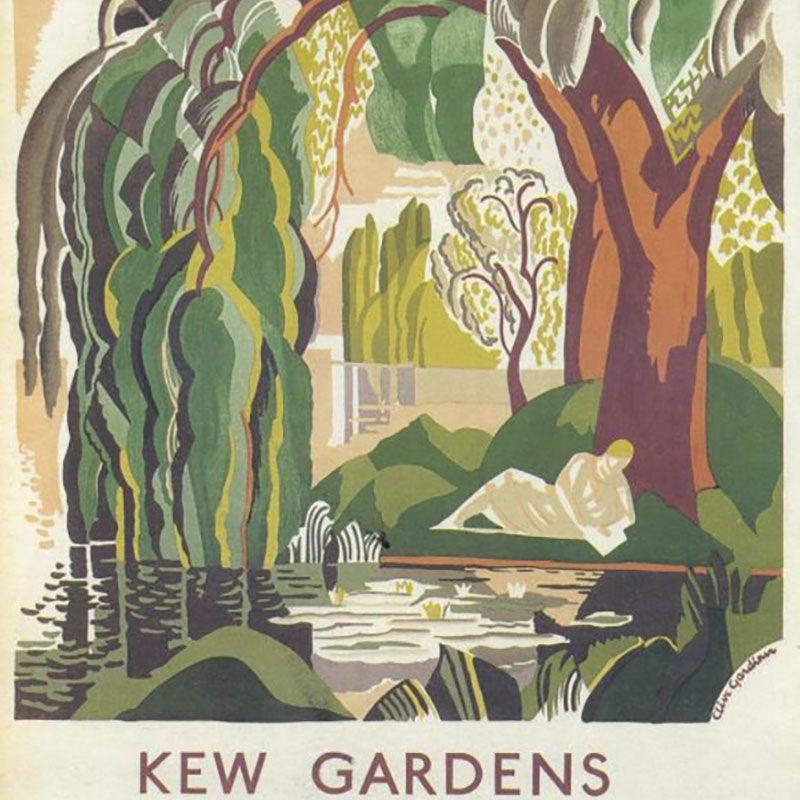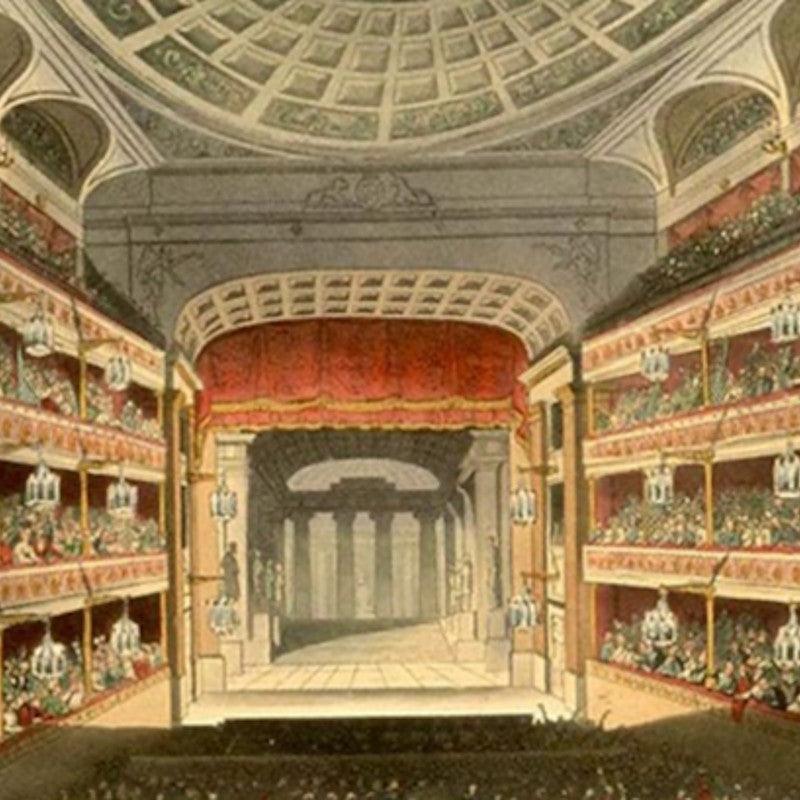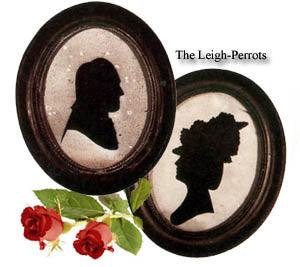
Virginia Woolf, Kew Gardens and Bloomsbury Formalism

It is a truth universally acknowledged that Virginia Woolf (1882-1941) was a member of the Bloomsbury Group, sometimes also referred to as the Bloomsbury Set, and is one of the most significant modernist writers from the 20th century. She is particularly praised for her novels Mrs Dalloway, To The Lighthouse and Orlando, but she also wrote a number of short stories and a biography of fellow Bloomsbury Group member Roger Fry. Fry was a leading art critics in the twentieth century and early proponent of modern art, arguing in favour of formalist approaches to painting. He emphasised the value of prioritising the physical properties of art, rather than the ideas associated with its content or references to the outside world. Fry worked closely with Clive Bell, another art critic and the husband of Woolf's sister Venessa, to bring their formalist ideas together. Their ideas were incredibly influential within the Bloomsbury Group and later became known as 'Bloomsbury Formalism', permeating other literary circles.
Although her friendship and time spent with members of the Bloomsbury Group is unattested, academics and scholars have often found it difficult to reconcile Woolf's early views on formalism to her later writing. Art historian Christopher Reed has written on her engagement with formalism, stating that "Woolf did not find formalism immediately and self-evidently useful". This is, in large part, because the early conception of formalism espoused by Fry and Bell was sceptical of literature. Both critics felt that art was tainted by reference to anything but itself, and thus because literature was concerned with ideas and the outside world, could not be considered art. This ran counter to Woolf's view of literature and when reflecting on Fry's ideas, she wrote that he "laid sacrilegious hands upon the classics" and satirised his suggestion that writers "should fling representation to the winds".
After spending more time with the Bloomsbury Group and furthering her writing, Woolf began to alter her views on the value of formalism and asserted in 1925 that we are all "modern paintings to be destroyed". She stated that a critic of the future would be able to deduce "from the works of Proust the existence of Matisse, Cezanne, Derain and Piccaso". In her short story Kew Gardens, published a little earlier in 1921, we can see Woolf begin to experiment with formalism and blend its ideas with her belief that literature could very well be considered art, whilst still referencing the outside world. The story details an afternoon at Kew Gardens, describing the flowers and some of the visitors that have come to see the grounds. Throughout the short story, Woolf references colour extensively, uses a great deal of intensifiers and notes the movements of the figures within the scene. She writes that "the petals were voluminous enough to be stirred by the summer breeze, and when they moved, the red, blue and yellow lights passed one over the other, staining an inch of the brown earth beneath". She tells us that the "figures of these men and women straggled past... with a curiously irregular movement not unlike that of the white and blue butterflies who crossed the turf". One of the most interesting sections of this short story is when Woolf curiously tells us that the man "was about six inches in front of the woman, strolling carelessly" whilst "she bore on with greater purpose, only turning her head now and then to see that the children were not too far behind". Here, Woolf offers us a view of what is to be seen and observed whilst only alluding to their interior thoughts and feelings, without actively describing them for us. This creates a sense of authorial omnipresence, where she transcends authority but offers us a way in to viewing the figures she describes. This enables her to engage with elements of formalism, rooting her writing in the physical properties of the scene, whilst communicating a sense of reality.
This short story encapsulates Woolf's view that a critic who was to read the works of twentieth century writers would discern "that painters of the highest originality and power must be covering canvas after canvas, squeezing tube after tube, in the room next door". The short story reads very much like Woolf is observing a painting and in many ways is reminiscent of those her sister Vanessa created. Many feminist scholars have argued against formalist approaches to art and literature, revealing behind its veneer of objectivity "an ideology strongly marked by patriarchal values", where hierarchization is favoured and a bias exists towards art and literature that expresses might, strength or brawn. In looking at this short story by Woolf, we can see how she uses formalism to write on subjects deemed trivial and transitory by her male counterparts and cuts across the usual critical hierarchies. Because the subject becomes less important and is subservient to form and treatment under formalism, Woolf can bring overlooked subjects into the realm of serious literature.
If this blog has got you thinking about spring and the flowers soon to bloom, take a look at our new Hartfield Bluebell Necklace, inspired by British woodlands. We are so pleased to see the sun breaking through the winter gloom here in Bath, watching the flowers unfurl and the bees get busy pollinating.
If you don't want to miss a beat when it comes to Jane Austen, make sure you are signed up to the Jane Austen newsletter for exclusive updates and discounts from our Online Gift Shop.




Leave a comment
This site is protected by reCAPTCHA and the Google Privacy Policy and Terms of Service apply.